
NCAA passes series of rules that sets table for schools to pay players directly
The nine proposals passed by the NCAA board were largely expected but still mark a defining day in the history of college sports.

The nine proposals passed by the NCAA board were largely expected but still mark a defining day in the history of college sports.

Attorneys offered only a few tweaks to the sprawling deal announced last year that will clear the way for schools to begin sharing millions in revenue with their athletes.
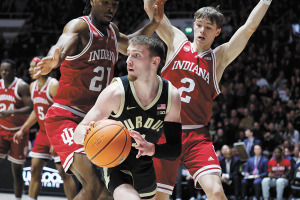
Changes are coming, but it’s a fluid environment with churning waters and probably always will be.

U.S. District Judge Claudia Wilken heard testimony from athletes including LSU gymnast and millionaire influencer Olivia Dunne on Monday. She acknowledged their concerns and asked attorneys for fresh feedback on several topics.

Hours before college basketball crowns its next men’s championship team, the future of college sports will be hanging in the balance in a California courtroom.

Dempsey oversaw the organization’s move from the Kansas City suburbs to Indianapolis in 1999 and helped reimagine how the governing body could work best in the 21st century.
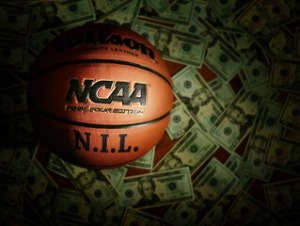
At least four states are considering giving college athletes tax breaks on endorsement income.
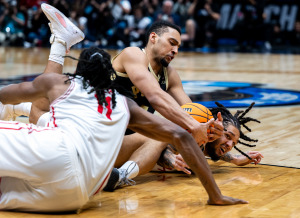
Next weekend’s Final Four will have all four No. 1 seeds for just the second time in NCAA Men’s Basketball Tournament history.

Big Ten player of the year Braden Smith added seven points and 15 assists to lead Purdue.
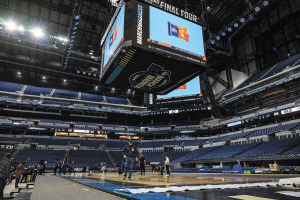
There’s a method to the madness that is the NCAA Division I men’s basketball tournament—and it relies wholly on the collective involvement of thousands of NCAA and university staffers, contractors, local organizers, venue workers and volunteers.

Jeremy Pruitt is suing the Indianapolis-based NCAA for $100 million for lost and future wages.

This year’s NCAA Men’s Basketball Tournament resumes Thursday and Friday with regional play.
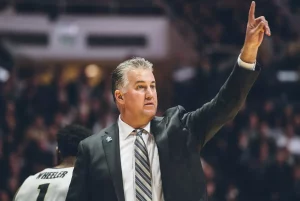
In an era of college basketball where the only true constant seems to be change, Painter remains a model of consistency.

The first round of the women’s tourney this year featured a near-record number of blowouts and noncompetitive games.

The Sweet 16, a popular destination for bracket-busting mid-majors, is made up entirely of teams from power conferences, a first since the bracket expanded to 64 teams in 1985.
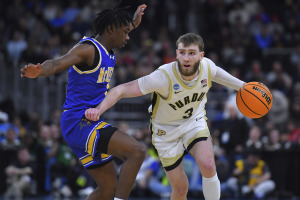
While game tickets and downtown hotel rooms were already expected to sell out regardless of which teams end up in Indianapolis to play, Purdue’s inclusion is likely to boost visitor traffic throughout downtown.

Thursday night’s NCAA Men’s Basketball Tournament games made up the most-watched prime-time first-round slate in March Madness history.

The survey found that about one-quarter of Americans fill out a men’s March Madness bracket “every year” or “some years.”
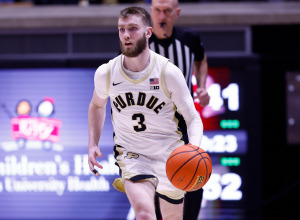
Purdue is in the Midwest Regional of the NCAA men’s basketball tourney, meaning the team will play in Indianapolis if it reaches the Sweet 16. Meanwhile, three schools from Indiana will play in the NCAA women’s basketball tournament.
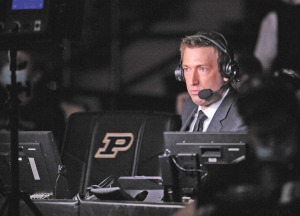
He will have worked 84 games by the time his broadcasting season ends, which is about 35 more than the industry norm for elite announcers.